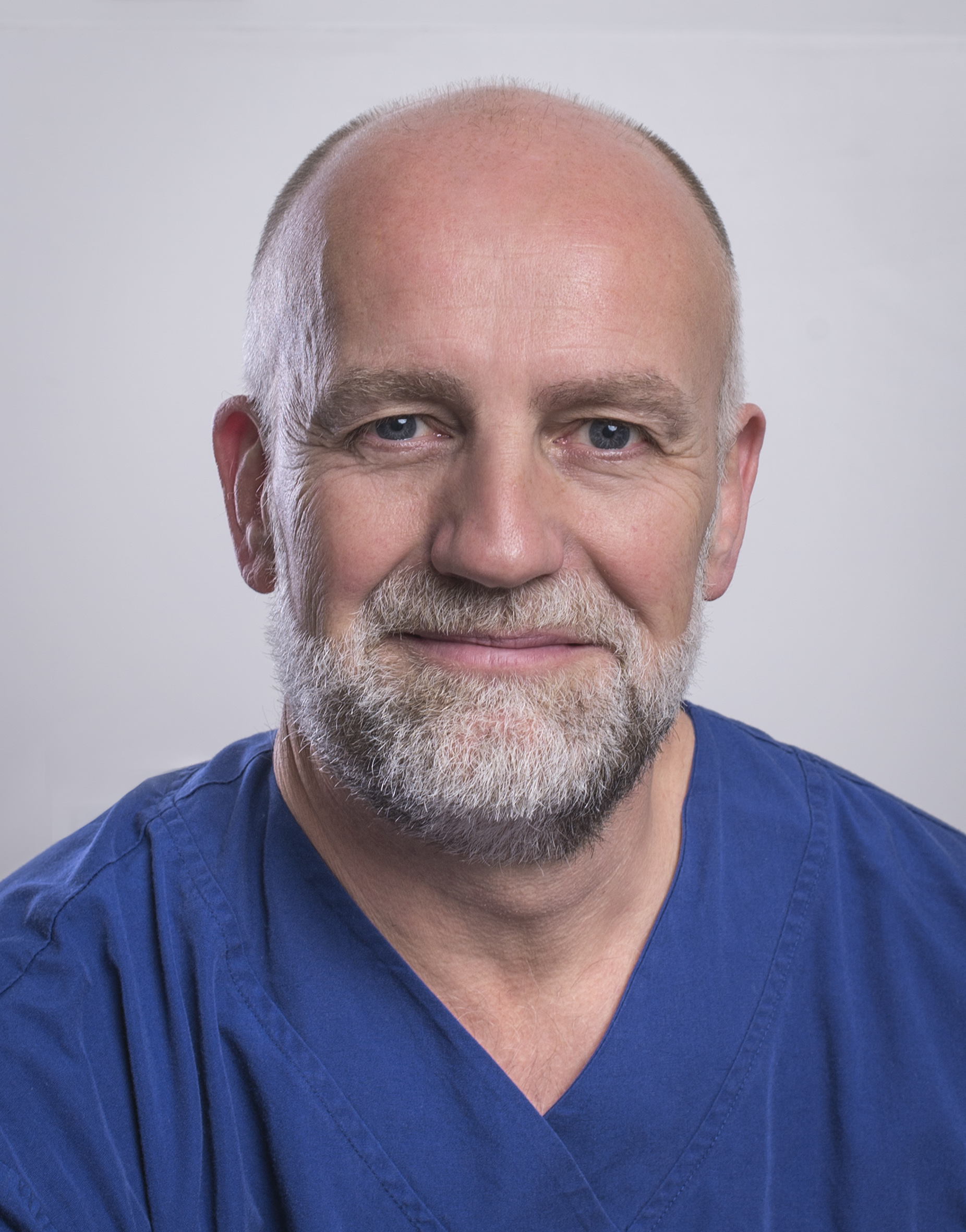
John Edward Greenwood AM
Royal Adelaide Hospital
Title: NovoSorb Biodegradable Temporising Matrix (BTM) - Use in Complex Wounds
Biography
Biography: John Edward Greenwood AM
Abstract
Introduction: The NovoSorb BTM is a completely synthetic bilayer material comprising a dermal component (2mm thick biodegradable polyurethane foam) bonded to a pseudoepidermis of non-biodegradable polyurethane film. Its primary function is to ‘temporise’ wounds, buying time for a definitive closure option to become available. Since the dermal foam becomes integrated and creates a neodermis, it is an ‘active’ temporiser, improving the wound bed for definitive closure.
Methods: BTM has become a solution for complex wound surgical reconstruction, both acutely and long-term. The first four patients were post-necrotising fasciitits. The first (neck) had serial debridement, which left the muscular structures of the neck and the left submandibular gland exposed. The second required upper limb amputation through the shoulder and had extensive flank wounds with exposed ribs. The third had a large lower limb wound down to muscle. The fourth was an elderly dialysis patient with an open axilla, flank wound and exposed ribs. The fifth in the series was the degloved dorsum of foot The sixth has a carcinoma resection over radiotherapy-treated calvarium on which a graft repair failed. The seventh was a very extensive post-necrotising fasciitis wound involving neck and chest. The eighth and ninth were reconstructions for poor function in adults who had been burned as children. Since the BTM is not yet regulated in Australia, these were
treated under the Therapeutic Goods Administration (TGA) Authorised Prescriber Scheme. In all cases a photographic (and sometimes video) record has been taken at every procedure and review and each case will be discussed.
Conclusions: The matrix integrated completely in all cases and graft take was uniformly excellent. There was no incidence of loss or problems with infection. Using BTM the matrix avoided major flap reconstructions in some patients, and yielded a farbetter result than graft alone in others.

